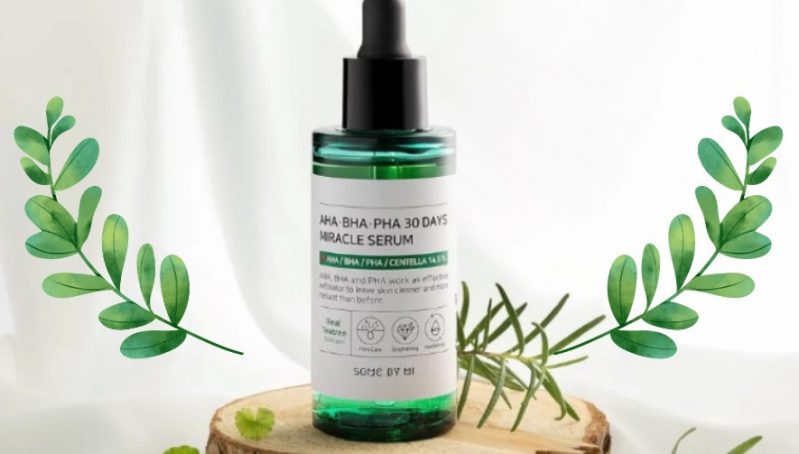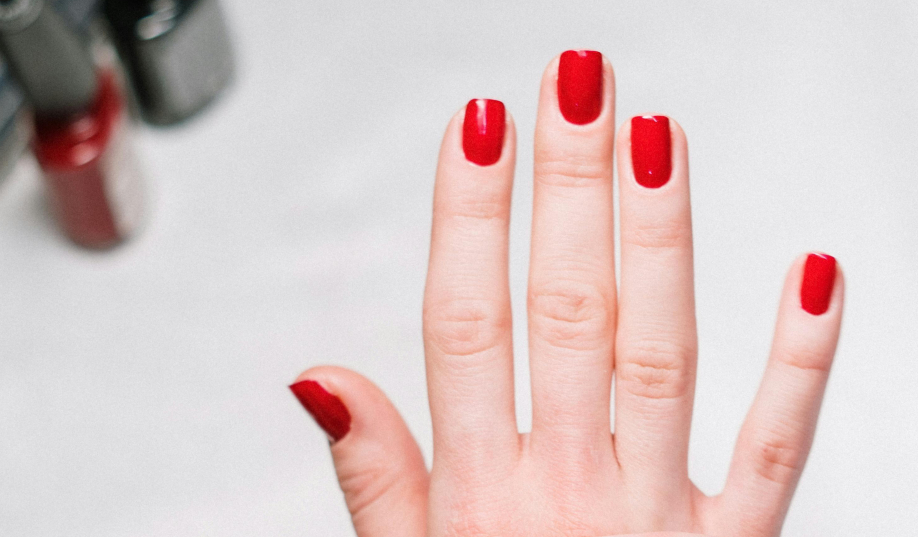AHA vs. BHA: The Ultimate Showdown of the Two Powerhouses

© SOME BY MI
When it comes to skincare ingredients, AHA and BHA are two powerhouses that promise glowing, flawless skin.
With the abundance of skincare products on the market, deciding between AHA (Alpha Hydroxy Acid) and BHA (Beta Hydroxy Acid) can be overwhelming. Both offer unique benefits for different skin types and concerns, making it essential to understand their differences and how they can transform your complexion. But which one is truly superior?
What Is AHA?
AHAs, or alpha-hydroxy acids, are acids derived from sugar cane or other plants, often called fruit acids. Glycolic acid is the smallest AHA and is derived from sugar cane, widely used in skincare. Other AHAs include lactic, citric, and malic acids. AHAs like glycolic are recommended by experts such as Howe and Markowitz for improving moisture in normal to dry, sun-damaged skin.

What About BHA?
BHA, or beta-hydroxy acid, such as salicylic acid, is a topical chemical exfoliant effective for oily skin and acne treatment. BHAs are oil-soluble and penetrate deep into pores, making them suitable for addressing bumps, clogs, blemishes, and enlarged pores. Unlike AHAs, BHAs vary structurally due to the placement of their hydroxyl group, as noted by Howe and Markowitz.

Why Should You Use AHA?
AHAs provide dual benefits by exfoliating the outer layer of the skin (epidermis) and stimulating collagen production in the deeper layer (dermis). They enhance skin exfoliation by loosening bonds between dead skin cells, promoting their shedding. Additionally, AHAs boost collagen synthesis in fibroblasts, helping to diminish fine lines and combat sun damage and wrinkles, although sunscreen remains essential.
Why BHA?
BHAs, like salicylic acid, offer several benefits for sensitive skin types and those prone to redness or rosacea. Salicylic acid, being fat-soluble, effectively penetrates oily skin and pores, making it a common ingredient in over-the-counter acne treatments. It has antibacterial properties and can treat calluses and dry skin areas, even warts in higher concentrations. Similar to AHAs, salicylic acid exfoliates by loosening dead skin cells, but its ability to penetrate deeply sets it apart.
What Is the Difference?
AHAs (alpha-hydroxy acids) and BHAs (beta-hydroxy acids) are both types of chemical exfoliants used in skincare, but they have some key differences:
- Source:
- AHAs are derived from natural sources like fruits (e.g., glycolic acid from sugar cane, and lactic acid from milk).
- BHAs, specifically salicylic acid, are synthetic but closely related to compounds found in plants like willow bark.
- Solubility:
- AHAs are water-soluble.
- BHAs are oil-soluble, which allows them to penetrate into the pores.
- Exfoliation Mechanism:
- AHAs work primarily on the surface of the skin (epidermis) by loosening the bonds between dead skin cells, promoting their shedding.
- BHAs can penetrate deeper into the skin (dermis) and into the pores due to their oil solubility. They exfoliate by dissolving the mixture of sebum and dead skin cells that can clog pores.
- Skin Type Suitability:
- AHAs are generally recommended for normal to dry skin types due to their moisturizing properties and surface-level exfoliation.
- BHAs are preferred for oily, acne-prone, or sensitive skin types because they can penetrate into pores and have anti-inflammatory properties.
Uses of AHA
All AHAs provide significant exfoliation, though their effects and applications vary slightly. Opt for AHAs with concentrations between 10-15%, and introduce new products every other day to minimize irritation.
Due to their exfoliating effects, AHAs increase skin sensitivity to the sun. Always apply sunscreen in the morning to prevent sunburns, and age spots, and reduce the risk of skin cancer.

Types You Can Use
Types of AHAs include:
- Glycolic Acid. Comes from sugar cane, and it offers broad treatment for skin concerns. It also has antimicrobial properties.
- Lactic Acid. Made from lactose in milk, it also provides significant exfoliation and anti-aging benefits.
- Tartaric Acid. Comes from grape extracts, and it helps with sun damage and acne.
- Citric Acid. From citrus fruits, it neutralizes skin pH and evens out rough patches.
- Malic Acid. Found in apples, it complements other AHAs for enhanced effectiveness.
- Mandelic Acid. Comes from almonds, and it improves texture and pore size when combined with other AHAs.
What About BHAs?
BHAs are designed for daily use, but initially, you may need to apply them a few times per week until your skin adjusts. While BHAs do not sensitize the skin to the sun as much as AHAs, daily sunscreen application is still crucial to prevent sun damage.
BHA Types
1. Salicylic Acid
Is the most common BHA, found in concentrations ranging from 0.5% to 5%. This acid is known primarily for treating acne, it also reduces redness and inflammation.
2. Citric Acid
While typically classified as an AHA, certain formulations of citric acid can also act as BHAs. These formulations focus on reducing excess sebum and clearing out dead skin cells deep within pores.
Choosing Between the Two
AHAs are ideal for anti-aging benefits, dry skin, and addressing surface-level skin concerns like hyperpigmentation. On the other hand, BHAs are better suited for penetrating deeper into the skin to treat issues like cystic acne, and they are often preferred for sensitive skin types.

The effectiveness of AHAs and BHAs varies depending on the concentration and formulation. Stronger treatments may require downtime, while milder over-the-counter products offer gradual results. Many skincare products combine both AHAs and BHAs to cater to different skin needs, emphasizing the importance of choosing the right formula based on your skin type and desired outcomes.
Can You Combine Them?
Combination products containing both AHAs and BHAs can effectively address various skin concerns like stubborn pores, wrinkles, and rough bumps. Choose a moisturizer with a balanced formula of AHA and BHA to avoid potential irritation from high doses. AHA/BHA creams are recommended for facial use, while AHA/BHA renewing creams suit the body. These products provide care for skin that needs extra attention.

So, what is your pick between AHA and BHA?
Disclaimer: While we strive to provide accurate and up-to-date information, the content of this article is for informational purposes only and should not be considered medical advice. Each person’s skin is unique, and skincare routines should be tailored to personal needs and concerns. Consult with a qualified dermatologist or healthcare professional before making any significant changes to your skincare regimen or treating any skin-related issues.
You might also want to read: Why Should You Use Hyaluronic Acid?


